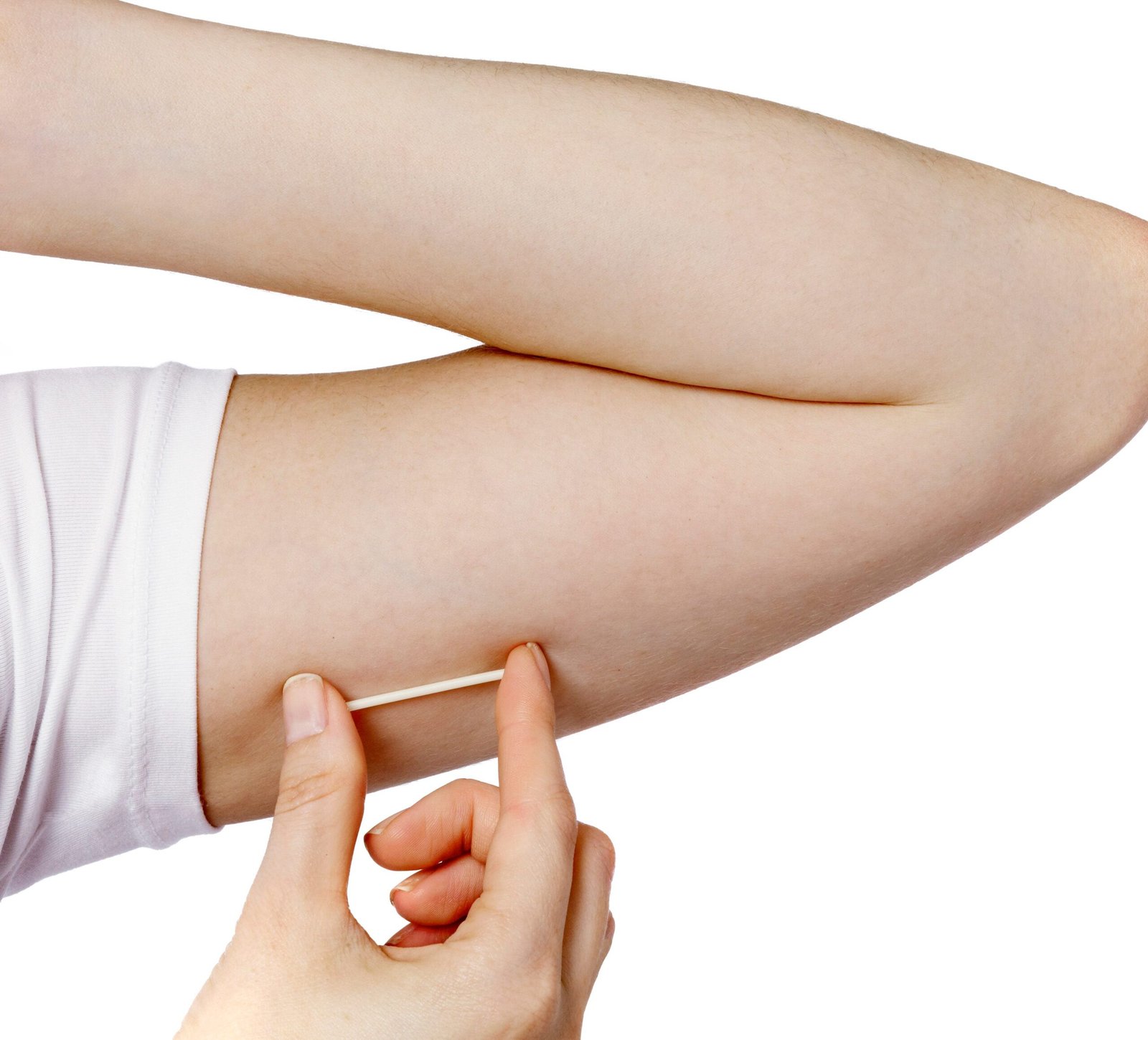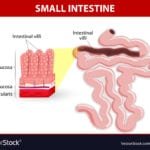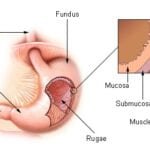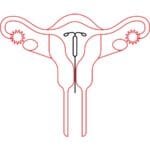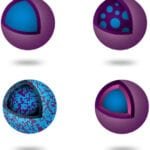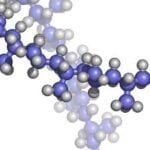NDDS e-learning resource is designed to impart basic knowledge, and understand various approaches in novel drug delivery systems.
Textual Notes:
- Ocular Drug Delivery Systems: IntroductionOphthalmic treatments for eye diseases rely mostly on eye drop medication administered to the patients in an outpatient setting. Eye …
- Introduction to Intrauterine Drug Delivery SystemsFor a long time, the vagina was considered as an organ incapable of systematically absorbing drugs. The development of newer …
Introduction to Intrauterine Drug Delivery Systems Read More »
- Applications of microencapsulation and challengesMicroencapsulation is widely used to manufacture prolonged-release dosage forms, pulsatile release dosage forms, and targeted drug delivery systems. Apart from …
Applications of microencapsulation and challenges Read More »
- General concepts in mucosal drug deliveryThe basic substrate of the mucosal drug delivery system is the mucus layer. This layer comprises 95 % water and …
- Introduction: Mucosal Drug Delivery SystemAdministration of drugs by targeting the mucosal membranes such as the lining of the mouth, vagina, and bladder is called …
- IUD (Intrauterine Device) ApplicationsA wide variety of ever-increasing IUD drug delivery systems with different formulations and properties are available in the market. We …
- Methods of Microencapsulation and ProcessThe method of microencapsulation depends on the core material, the application of the microcapsule, size of particles needed, release characteristics …
- Microencapsulation: Advantages and disadvantagesMicroencapsulation means applying relatively thin coatings to small particles of solids or droplets of liquids or dispersions. It involves the …
Microencapsulation: Advantages and disadvantages Read More »
- Transmucosal permeability and FormulationsTransmucosal permeability refers to the transport of material such as drugs across the oral mucosa. Transmucosal permeability is a unique …
- Constituents of multiparticulate drug delivery systemMultiparticulate drug delivery systems consist of three common constituents: microparticles, microcapsules, and microspheres. These microcarriers do not traverse through the …
Constituents of multiparticulate drug delivery system Read More »
- Implants and Osmotic pumps: Types and UsesImplantable drug delivery systems – Implants and Osmotic pumps: Implants are sterile solid masses intended for implantation into the body …
- Pharmaceutical Polymers: Properties and advantagesIntroduction : In the earlier chapter, Polymers definition, and Polymer classification, we discussed that Polymers are classified according to their …
Pharmaceutical Polymers: Properties and advantages Read More »
- Polymers Applications in controlled release of MedicinesIn the pharmaceutical industry, polymers are extensively used to produce various dosage forms. These include both conventional dosage forms and …
Polymers Applications in controlled release of Medicines Read More »
- Implantable Drug Delivery SystemIntroduction: Despite being the most popular route of administration, the delivery of drugs via the oral route is undoubtedly not …
- Polymers definition and Poylmers classificationIntroduction : Polymers are widely used for many purposes, ranging from cooking utensils to electronic components manufacturing. These long-chain organic …
NDDS Syllabus Chapters (Courtesy: PCI)
- Controlled drug delivery systems: Introduction, terminology/definitions, and rationale,
- advantages, disadvantages, selection of drug candidates. Approaches to design controlled release formulations based on diffusion, dissolution, and ion exchange principles.
- Physicochemical and biological properties of drugs relevant to controlled release formulations
- Polymers: Introduction, classification
- Polymers: properties, advantages
- application of polymers in the formulation of controlled release drug delivery systems.
- Microencapsulation: Definition, advantages, and disadvantages
- Microencapsulation: microspheres/microcapsules, microparticles
- Methods of microencapsulation
- Microencapsulation: applications
- Mucosal Drug Delivery system: Introduction, Principles of bioadhesion/mucoadhesion
- Mucosal Drug Delivery system: concepts, advantages, and disadvantages
- Transmucosal permeability and formulation considerations of buccal delivery systems
- Implantable Drug Delivery Systems: Introduction, advantages, and disadvantages
- Implantable Drug Delivery Systems: the concept of implants and osmotic pump
- Transdermal Drug Delivery Systems: Introduction, Permeation through skin, factors
- affecting permeation, permeation enhancers, basic components of TDDS, formulation
- approaches
- Gastro retentive drug delivery systems: Introduction, advantages, disadvantages,
- approaches for GRDDS – Floating, high-density systems, inflatable and gastroadhesive systems and their applications
- Nasopulmonary drug delivery system: Introduction to Nasal and Pulmonary routes of drug delivery, Formulation of Inhalers (dry powder and metered dose), nasal sprays, nebulizers
- Targeted drug Delivery: Concepts and approaches advantages and disadvantages,
- introduction to liposomes, niosomes, nanoparticles, monoclonal antibodies, and their applications
- Ocular Drug Delivery Systems: Introduction, intraocular barriers, and methods to overcome –Preliminary study, ocular formulations, and ocuserts
- Intrauterine Drug Delivery Systems: Introduction, advantages, and disadvantages.
- Intrauterine Drug Delivery Systems: development of intrauterine devices (IUDs)
- Intrauterine Drug Delivery Systems: applications

